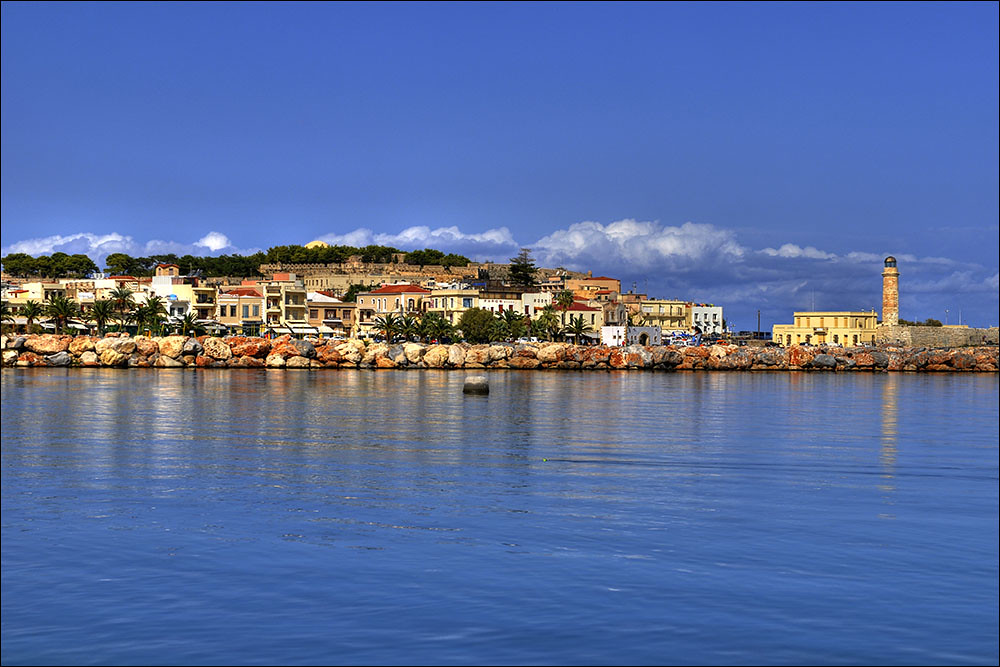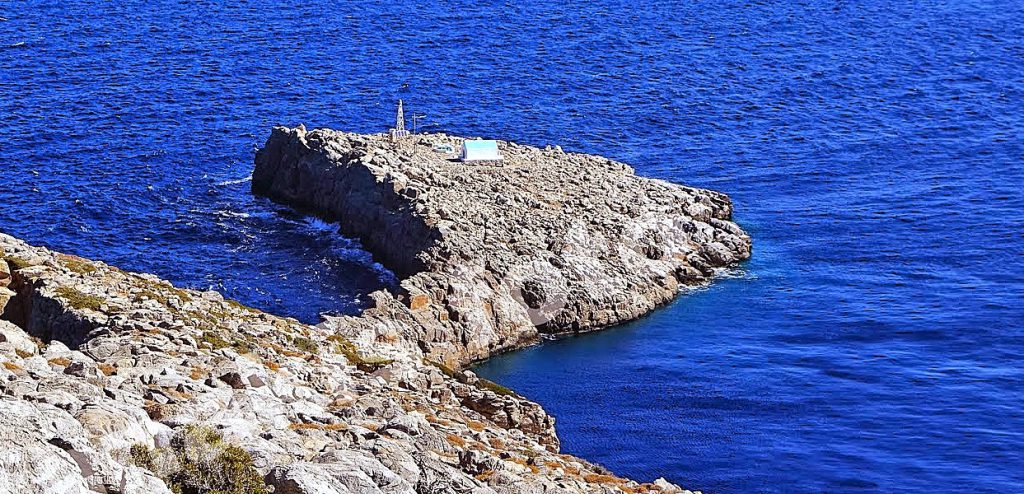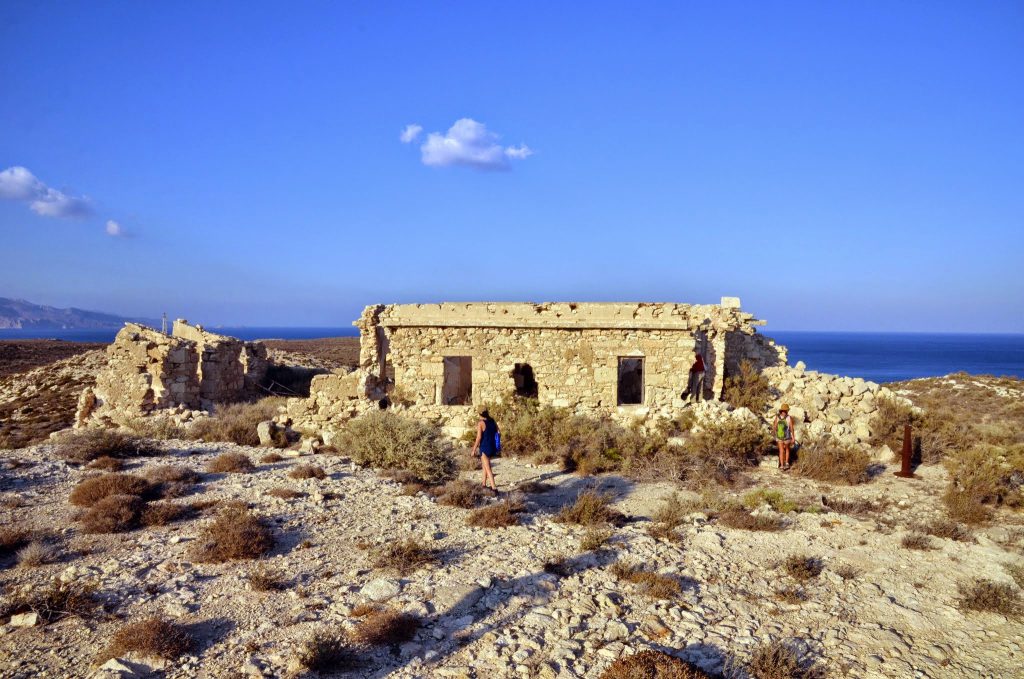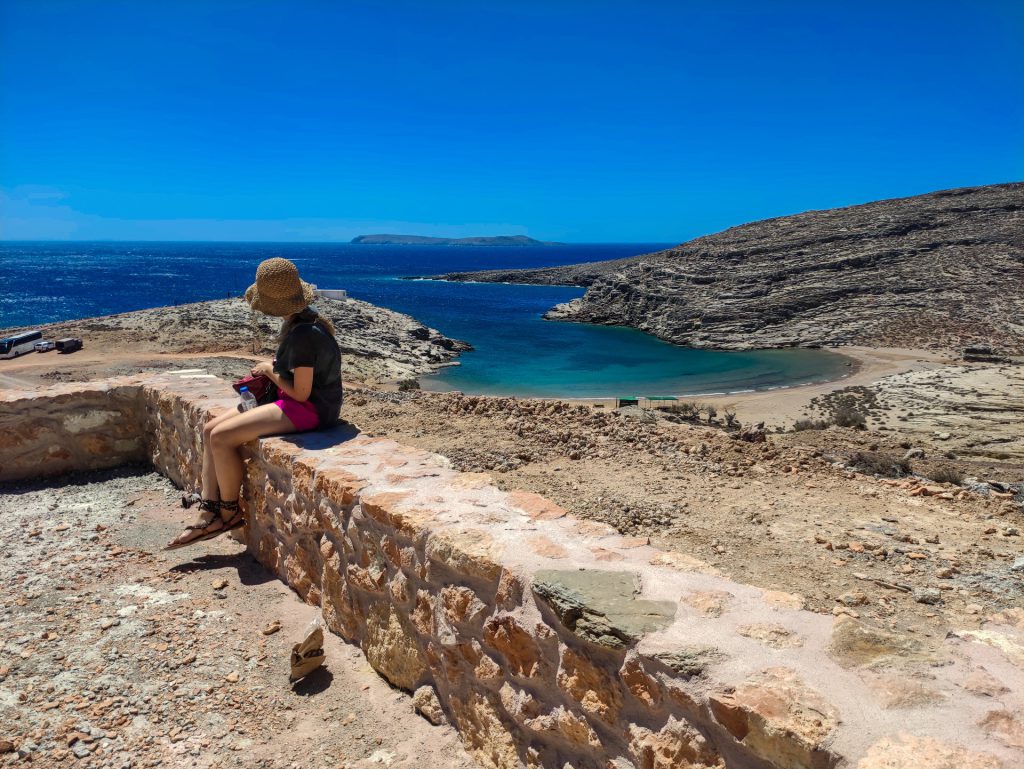The lighthouses of Crete are beautiful reminders of the Island’s maritime past. Some are historic architectural wonders, while others sit on unbelievable landscapes and some atop ancient ruins older than written time. Here are five of the most interesting and memorable beacons for seafarers famous for their functionality and form. For hikers, backpackers, and other adventurers, the locations of some of these landmarks are simply remarkable.
Chania’s Harbor’s Most Iconic Landmark
The lighthouse at Chania’s old harbor stands as the city’s most easily recognizable landmark. Its image has been on the covers and in the pages of travel media more than almost any other Cretan edifice except Knossos Palace/Temple. Though the current structure dates back to the Egyptian Occupation in the early 19th century, its history extends further.
During the late 16th century, the Venetians fortified towns across Crete to defend against Turkish threats. Between 1595 and 1601, they made significant upgrades to Chania’s port. A key addition was the St. Nicholas bastion, constructed on the breakwater to guard the harbor entrance alongside the Firkas Fortress. Around this time, they also built the lighthouse, which stood on a Venetian-era trapezoidal base that is still extant today. This unique landmark perfectly symbolizes Chania’s and Crete’s post-antiquity past, giving visitors a glimpse into the island’s layered past.
This lighthouse is rated 4.5/5.0 at AllTrails. Visit their website for more information on exploring the lighthouse and nearby destinations and attractions.
Rethymno’s Historic Lighthouse

Like the Chania lighthouse, the Rethymno Lighthouse stands vidual at the town’s old harbor. This lighthouse is one of the most accessible, which makes it ideal for a short respite from lengthy walking adventures in this region.
Though there is evidence the site was once a Venetian signal tower during that period, the current structure was built during the Egyptian administration of Crete in the 1830s. In 1864, authority over the lighthouse shifted to the French Lighthouse Company. Unfortunately, the 9-meter lighthouse is no longer operational today.
Hikers love this attraction because it is only a short walk from many other attractions in Old Town Rethymno. This part of Rethymno Town is serene, with scores of walking paths and picturesque alleys the town is famous for. Again, I recommend consulting AllTrails for the most rewarding hikes in and around Rethymno. The Prassano Gorge (19km) trek is by far the most rewarding and challenging.
Agios Sozon Lighthouse

Situated beside the famous Agios Sozon Church on remote Stavros Cape, this metal lighthouse is not architecturally impressive like those on the various harbors around Crete. However, the steep cliffs at Cape Stavros, at the northernmost point of central Crete, are as breathtaking as they are hazardous. The site is historically called the Cape of Zeus (Dios Akron) on Venetian maps. Like so many Cretan churches, it is believed to have been the site of an ancient sanctuary dedicated to Zeus.
The church has deep roots in local legends. One of these tells of a sea captain who prayed for help during a severe storm off the cape. In appreciation of the saving of his ship and crew, the captain vowed he would build a church with mortar of milk and honey where the church now sits. True to his word, the Church of Agios Sozon was constructed, with September 7 becoming the saint’s commemorative feast day. At the northern edge of Cape Stavros are three whitewashed crosses, said to have been painted by the captain to mark the site where his prayers were answered. Each year, hundreds of worshippers follow the ancient and challenging trail in a pilgrimage for the feat of Agios Sozon.
The old lighthouse, operational between 1921 and 1949, is a rusted relic that has been overlooked for generations. Exposed to harsh coastal conditions, the structure has suffered erosion from sea salt over the years, becoming a nostalgic relic of the region. AllTrails lists a circular hike of about 5 1/2 hours and moderate difficulty that takes trekkers to the cape and other surrounding sites of interest.
The Ruined Lighthouse and Temple of Lefki

On the southeast coast of Lefki, also known as Koufonissi Island, lies the crumbled remains of a once grand lighthouse. In time before written history the Island was a Keftiu center for producing Tyrian Purple dye, the most valuable commodity in the ancient world. The colors of our Keftiu logo reflect this ancient dye. In Hellenistic times, an ancient temple stood on the site of the ruined lighthouse.
Archaeological evidence shows that the ancient temple measured approximately 18 meters by 15.7 meters, with a crepidoma foundation. Near its northwest corner, two significant fragments from a once-massive statue were uncovered. Tragically, the ancient temple was dismantled, and parts were used to construct the Lefki Lighthouse. During the Second World War, bombs destroyed the lighthouse, leaving only fragments. In later years, an ugly metal signal light structure was erected directly on top of marble fragments and temple stones. Thankfully, the old structure was removed, leaving only the remains of the historical site.
Cape Sidero Lighthouse

Cape Sidero, or Kavo Sidero, is located at Crete’s extreme northeastern edge. The site is at the farthest point of one of the Island’s wildest regions. Located 32 kilometers east of Sitia the area is marked by rugged terrain and an untouched natural environment. It is a hiker’s and backpacker’s dream location for its natural beauty and isolation.
At the farthest point of the cape, near the Agios Isidoros (Saint Isidore) church, the 15-meter-high Cape Sidero lighthouse is not as historic or architecturally beautiful as others in this list. However, the circa 1880 is one of the few still functioning today. It was destroyed by German forces during World War II and reconstructed along with the keeper’s house in 1948.
Unfortunately, the lighthouse sits within the boundaries of a naval station that is usually off-limits to civilians. However, on February 4, the feast day of Saint Isidore, access to the church and Cape Sidero is possible.

